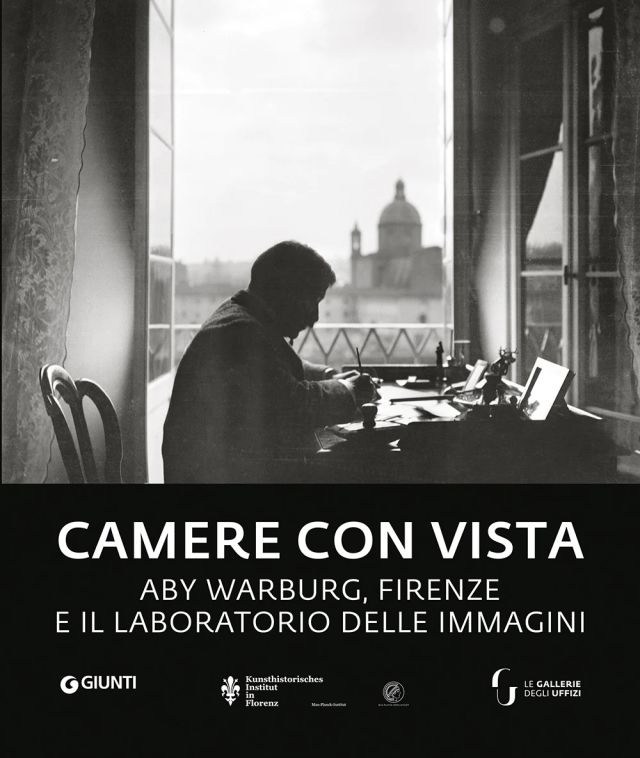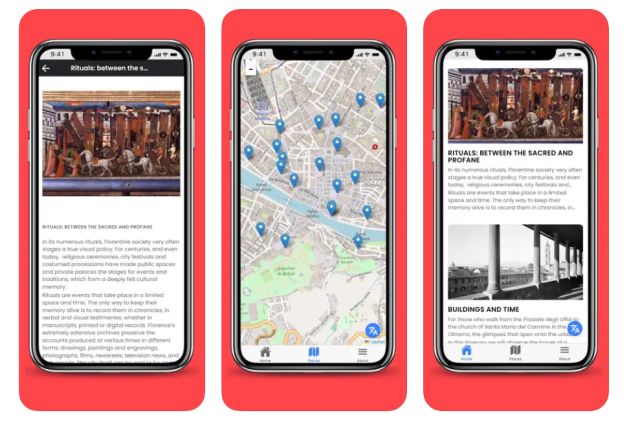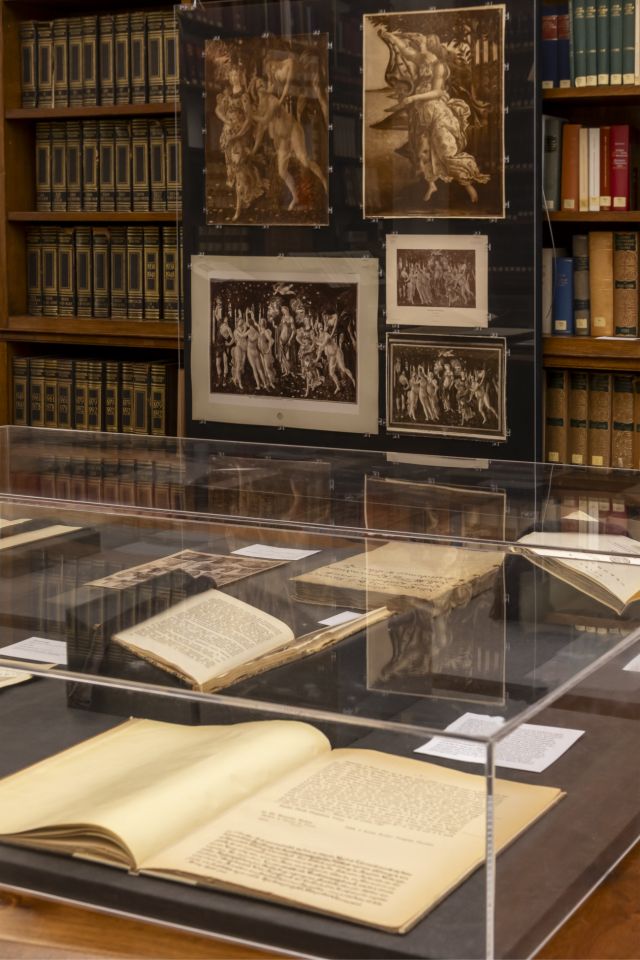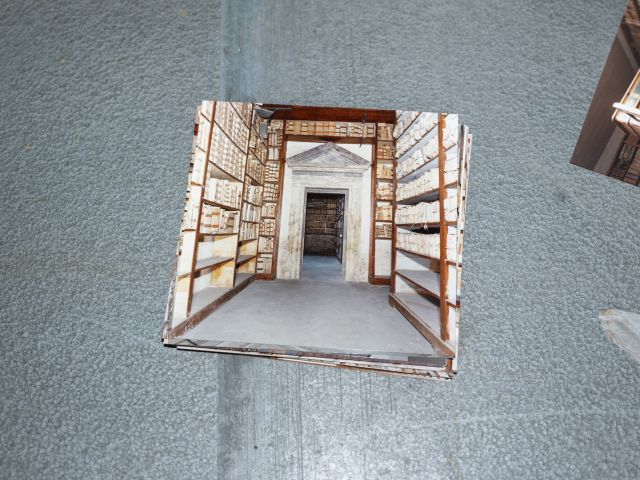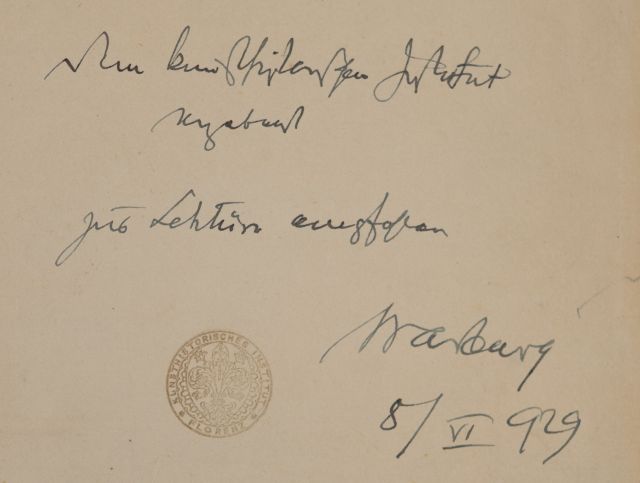Exhibition
Rooms with a View.
Aby Warburg, Florence and the Laboratory of Images
Florence, Gallerie degli Uffizi
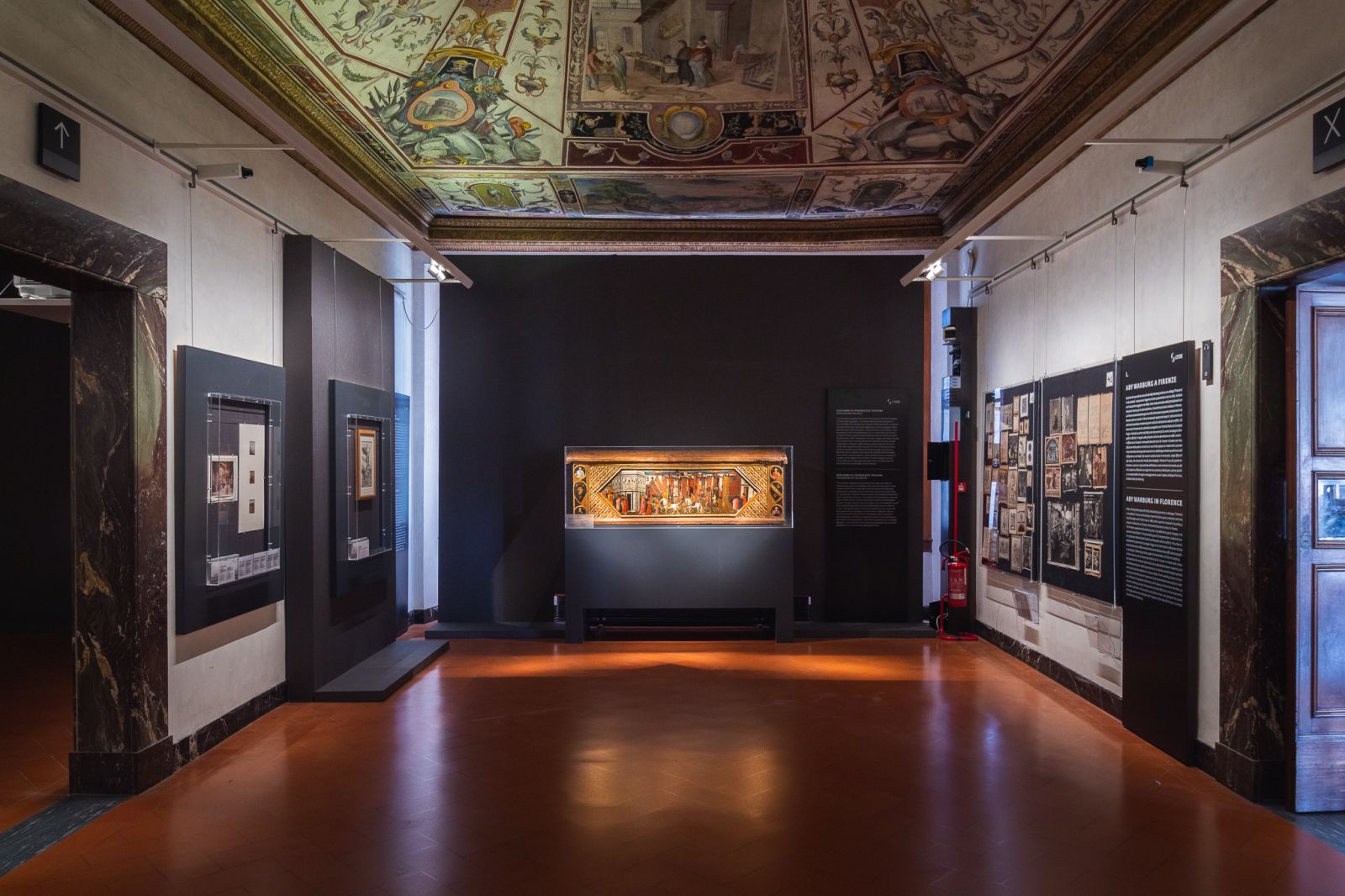
View of Room 1, dedicated to "Aby Warburg in Florence"
"Jew by blood, Hamburger at heart, Florentine in spirit." This is how Aby Warburg famously described himself; his intense relationship with Florence is reflected in its eminent role in his last project, the Mnemosyne Atlas, an open laboratory of images, which remained unfinished at the time of his death in 1929. This series of panels composed of reproductions, largely photographic, of art works and all kinds of images offers itself as a cartography of cultural memory. The 63 panels of the last version of the Atlas are documented by photographs from 1929 and were reconstructed with original materials from the Warburg Institute in 2020; a selection is being exhibited for the first time in Italy.
The history of Florence studied by the young Warburg focuses on the artistic civilization of the late fifteenth century, the world of Botticelli and Ghirlandaio, the dissemination of secular themes, the multiplication of images in a plurality of artistic media, and the revival of ancient models. Over the years, this perspective on Florence opens up and becomes more complicated, on the one hand, taking on more of an anthropological approach, and on the other, adopting a critical reflection on the present based on analogies observed in visual politics and image practices.
The exhibition brings Warburg’s revolutionary experiments back to the very place where he took much of his inspiration. Place, media, and image are the key notions that articulate the exhibition in five thematic rooms and other spaces of the Gallery: 1) the relationship between Warburg and Florence; 2) the role of the ephemeral; 3) the laboratory of images, first and foremost photographic images; 4) drawing as Pathosformel (pathos formula); and 5) in the room Dance, Ninfa, Fury, the "energetic inversion", another famous concept coined by Warburg.
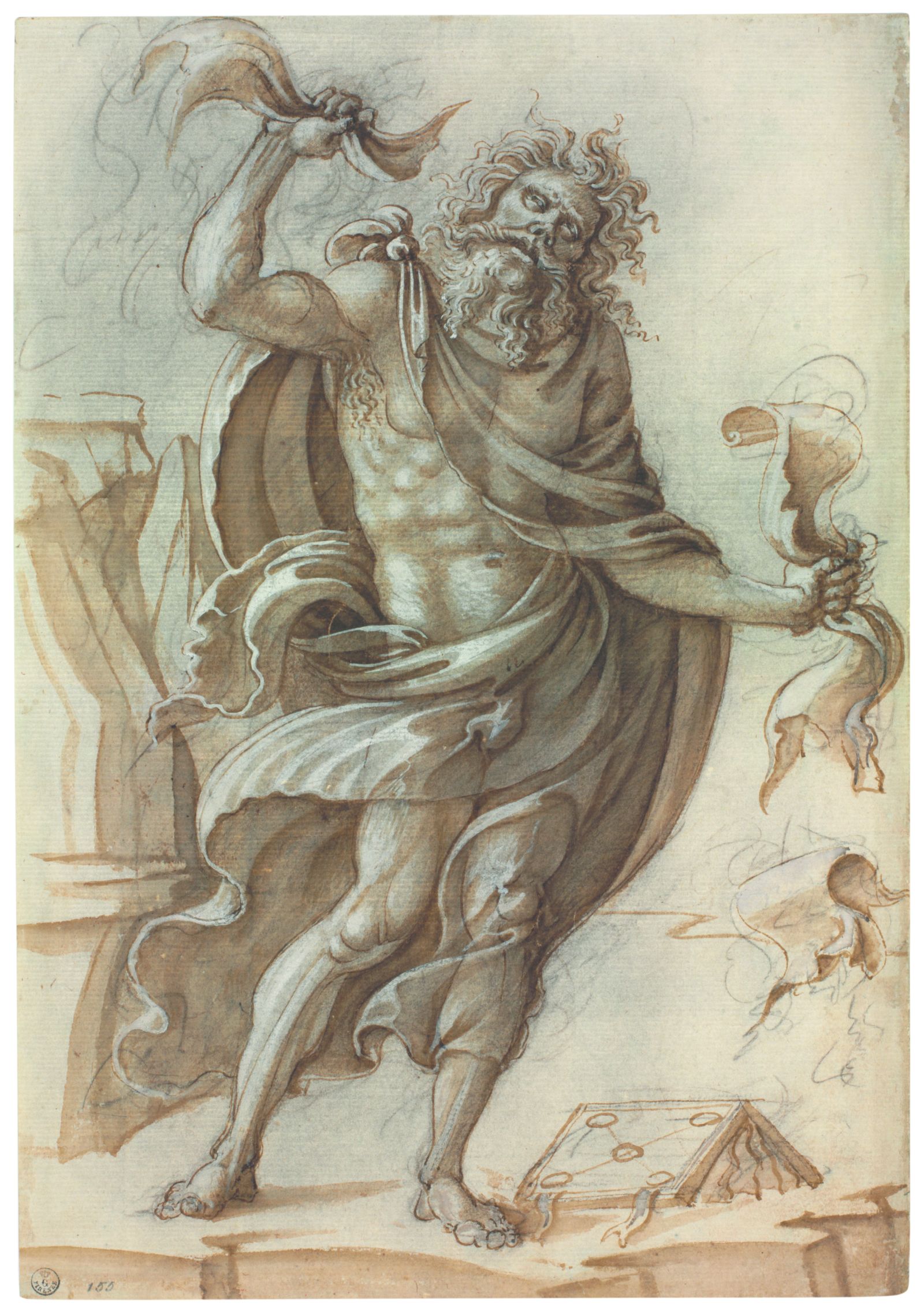
Giuliano Giamberti, known as Giuliano da Sangallo, Standing male figure, 1506–1510 ca. Florence, Gallerie degli Uffizi, Gabinetto dei Disegni e delle Stampe
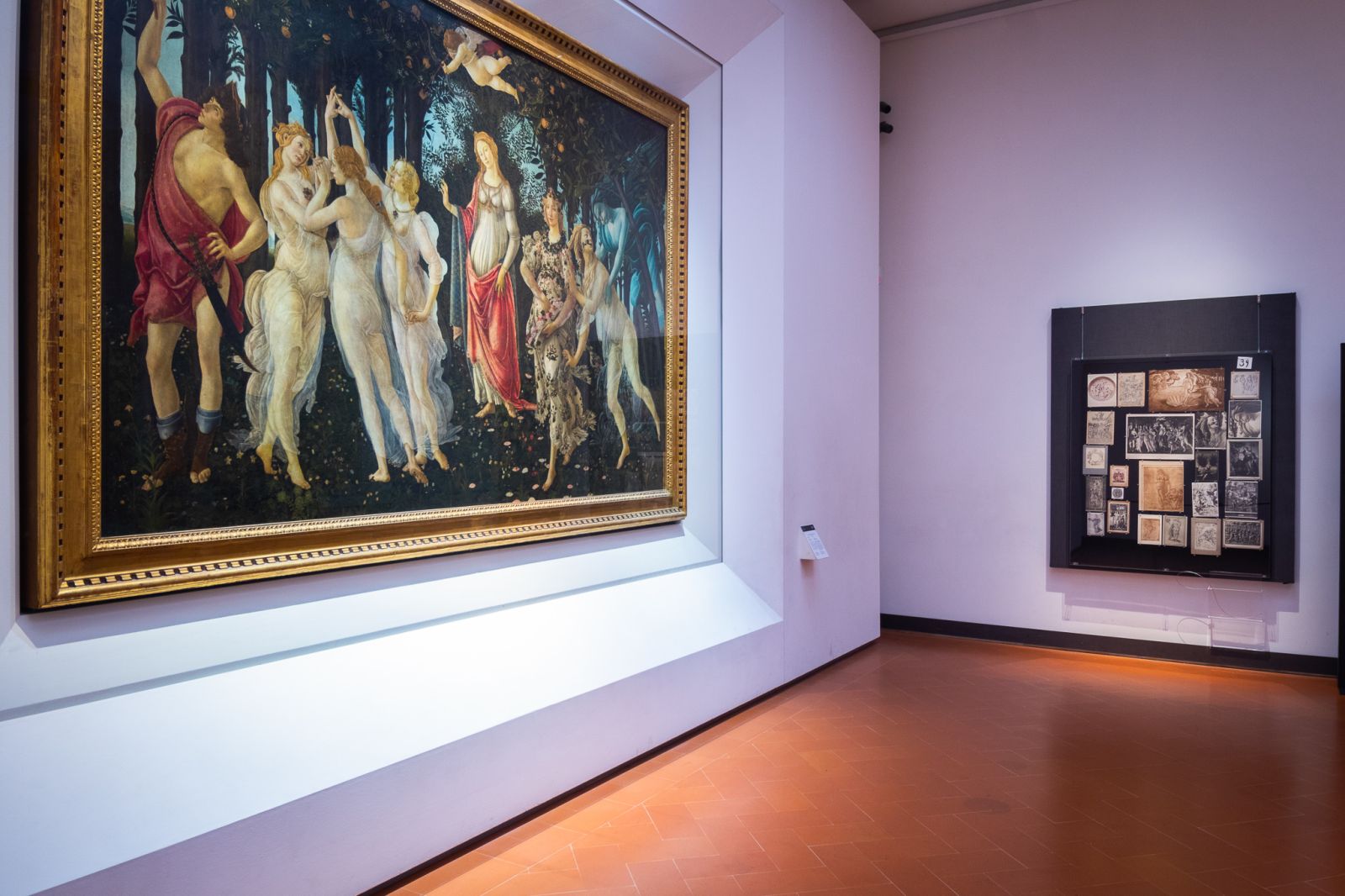
Exhibition view with Botticelli's Primavera and the reconstructed plate 39 of Aby Warburg's Mnemosyne Atlas
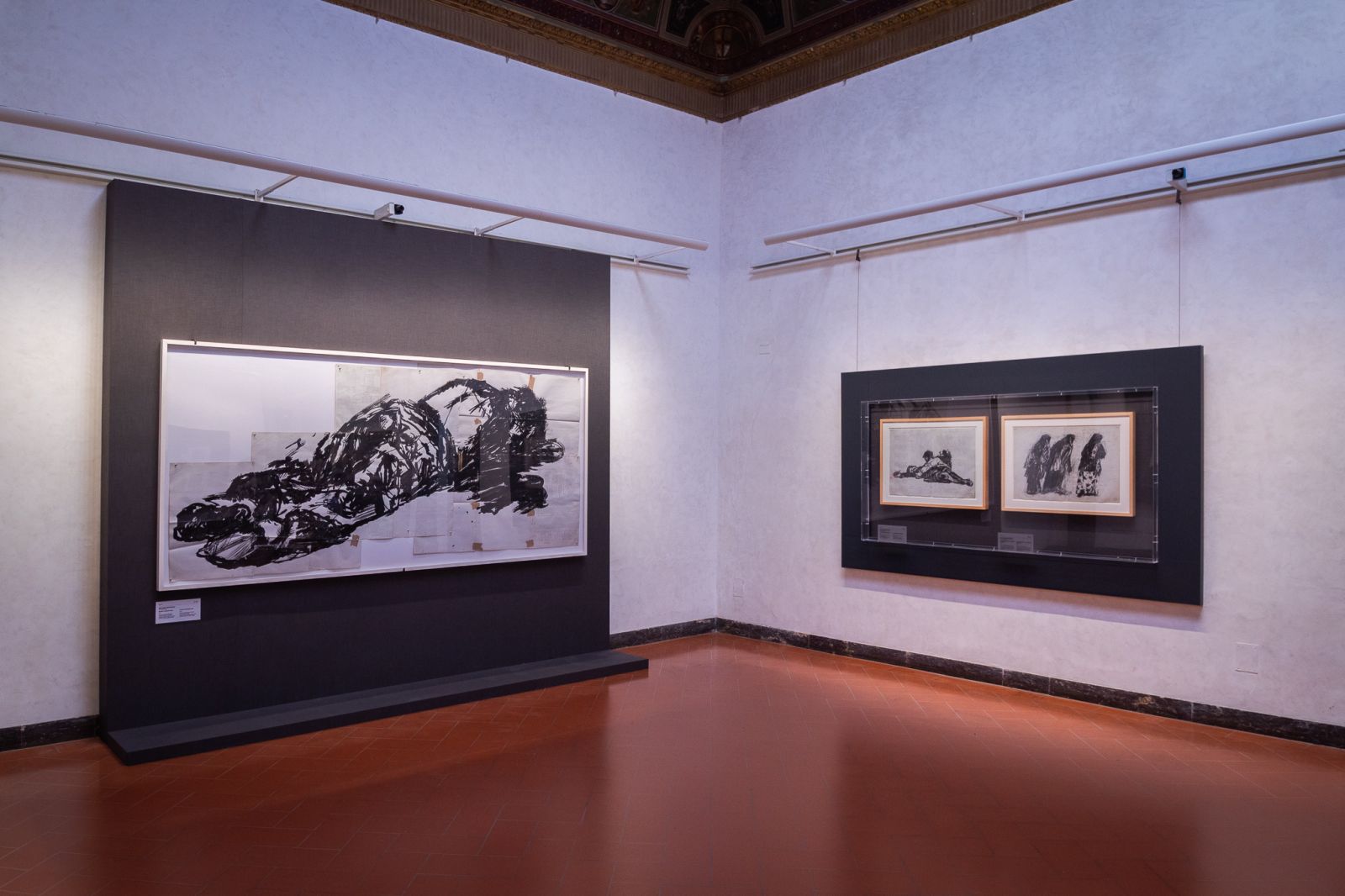
Exhibition view with William Kentridge's Pasolini, 2 novembre 1975, Son Weeping for His Mother, and Women Weeping for a Lampedusa Shipwreck
The exhibition stages a three-fold dialogue between:
- the Atlas plates
- the works of the permanent collection of the Gallery, among them the Adoration of the Magi by Gentile da Fabriano, Primavera and Birth of Venus by Botticelli, the Portinari Altarpiece and the Laocoön of Bandinelli, and of other collections
- and the interventions of contemporary artists like William Kentridge, Lebohang Kganye, Alexander Kluge, Goshka Macuga, Małgorzata Mirga-Tas, Sissi Daniela Olivieri, and Akram Zaatari.
It is a dialogue that invites reflection on the coordinates and paths, past and present, of the Uffizi Gallery itself, understood as an atlas in its own right with its ancient statues and Renaissance paintings. At the same time, it demonstrates the topicality of thinking with images enacted by Warburg with his practice of cutting, scaling, and mounting ever-changing constellations: images, he asserts, are migrating, in space and time, condensing and re-activating reserves of energy, simulating motion, expressing emotional states. A topicality both in terms of the digital dynamics of visual culture today, and in terms of a global history of images and art.
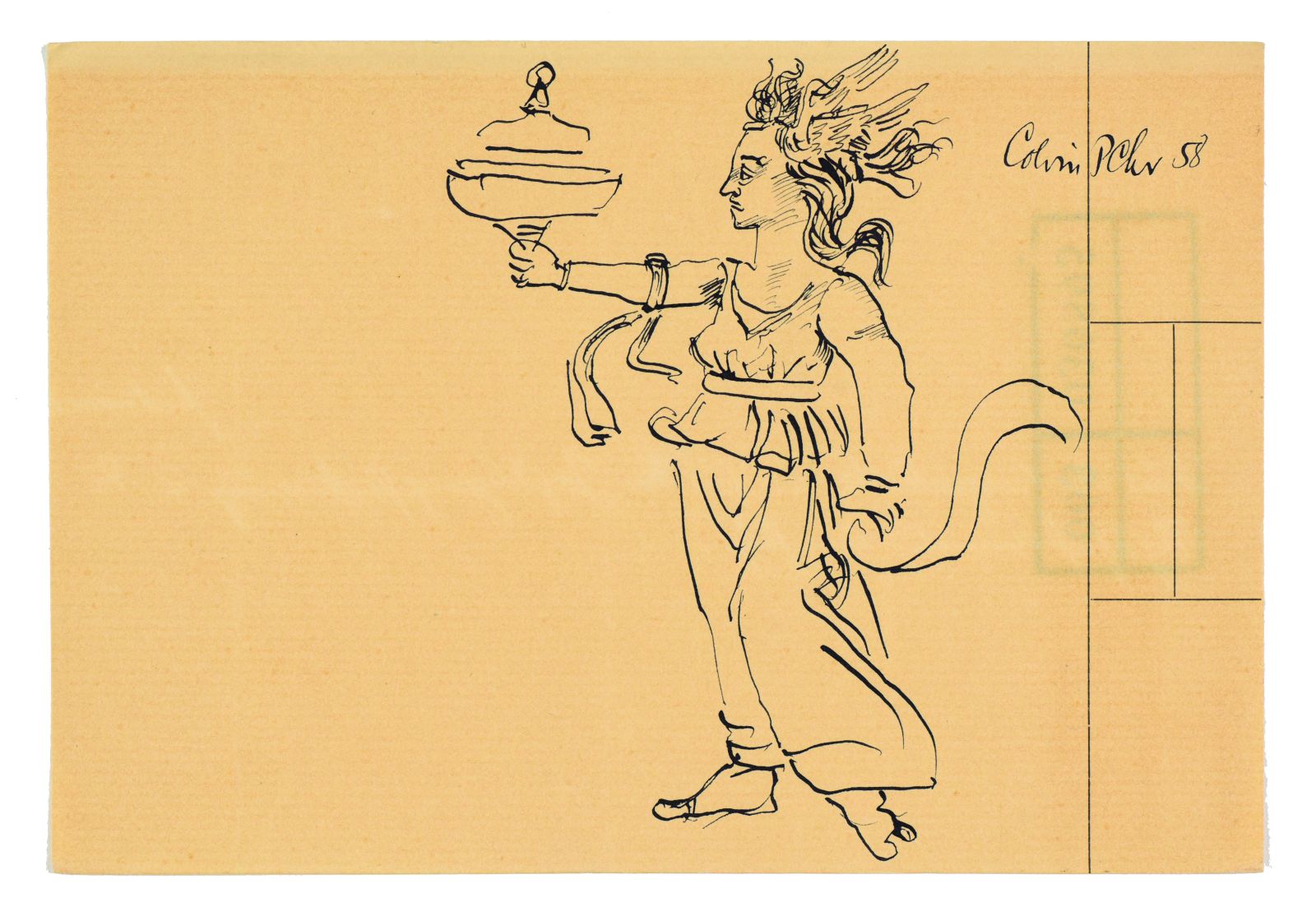
Aby Warburg, Medea, 1898–1900 ca., from 'Zettelkasten' no. 63. London, The Warburg Institute Archive
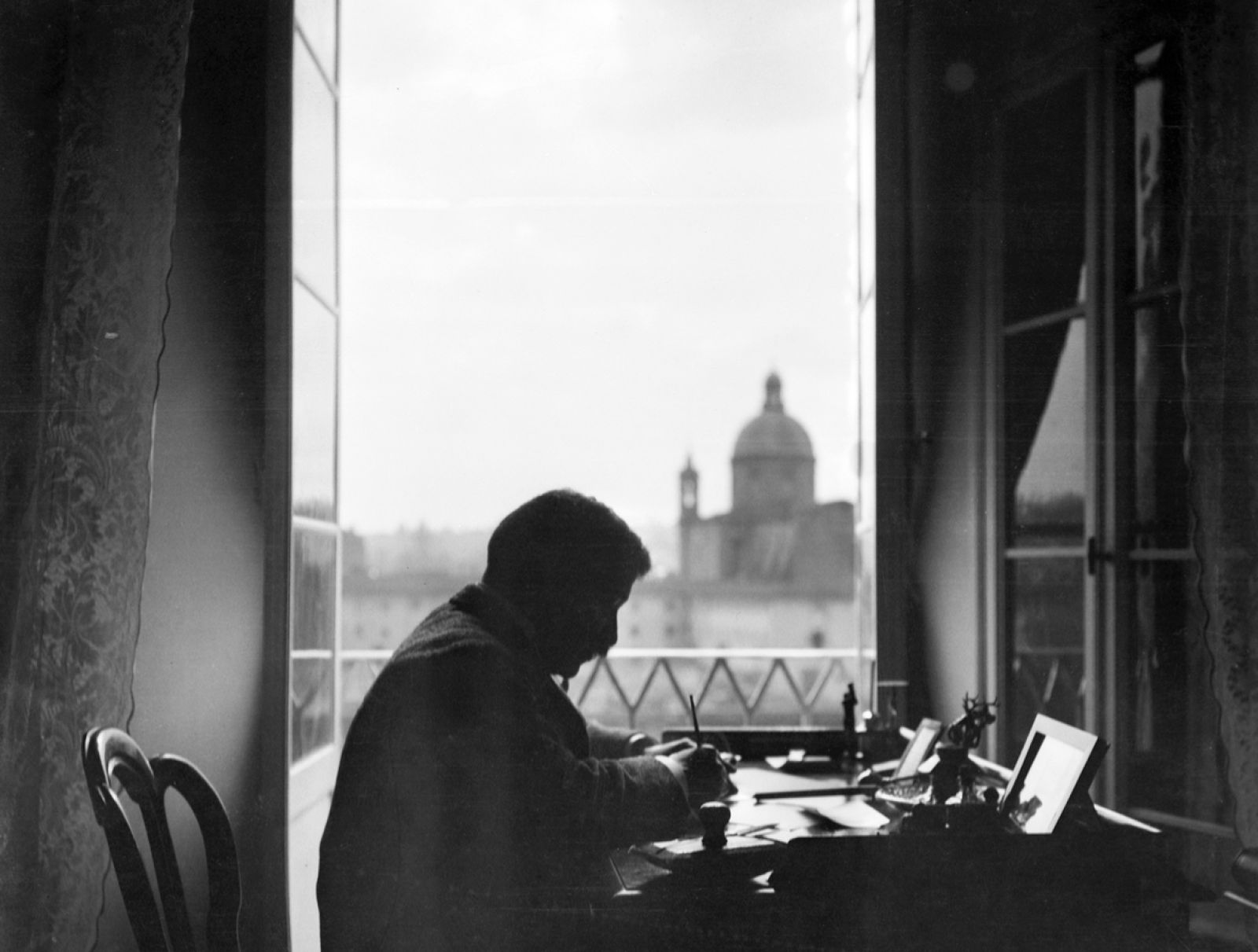
Unknown photographer, Aby Warburg in his hotel room at the Hotel d’Italie in Florence, 1906. London, The Warburg Institute Archive
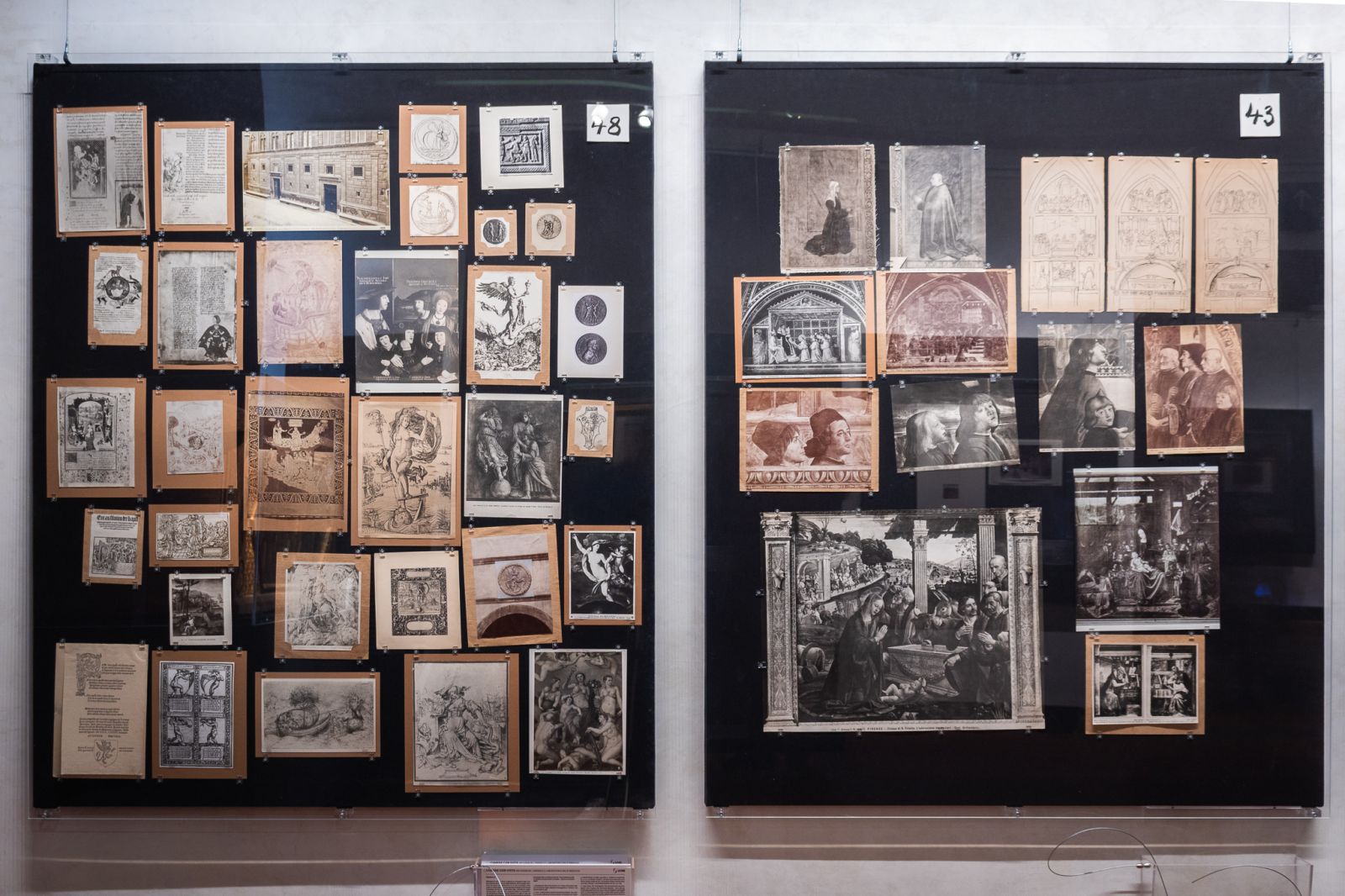
Reconstruction of Aby Warburg's plates 48 and 43 from the Mnemosyne Atlas
Aby Warburg
Born in Hamburg to a Jewish banking family, Aby Warburg (1866–1929) studied art history in Bonn, Strassburg, and Florence, where he met his future wife, the artist Mary Hertz, and was among the founders of the Kunsthistorisches Institut in Florenz. In 1893, Warburg published a dissertation on Botticelli’s mythological paintings. After a trip that brought him close to the art and culture of the Hopi and Pueblo peoples in Arizona and New Mexico, he married and settled in Florence in 1897. By 1904 he was in Hamburg and expanded his research to the history of astrological imagery. He created and enlarged his famous Library of Cultural Studies, later to become the Warburg Institute, which emigrated from Nazi Germany to the United Kingdom in 1933 and is now part of the University of London. After World War I, Warburg’s mental health worsened and he spent years in Binswanger’s clinic on Lake Constance (1921–1924). Returning to work, he resumed and broadened his studies on Renaissance festivals and theater and devoted himself to the creation of an Atlas of Images, entitled Mnemosyne, that, at the time of his death, would remain unfinished.
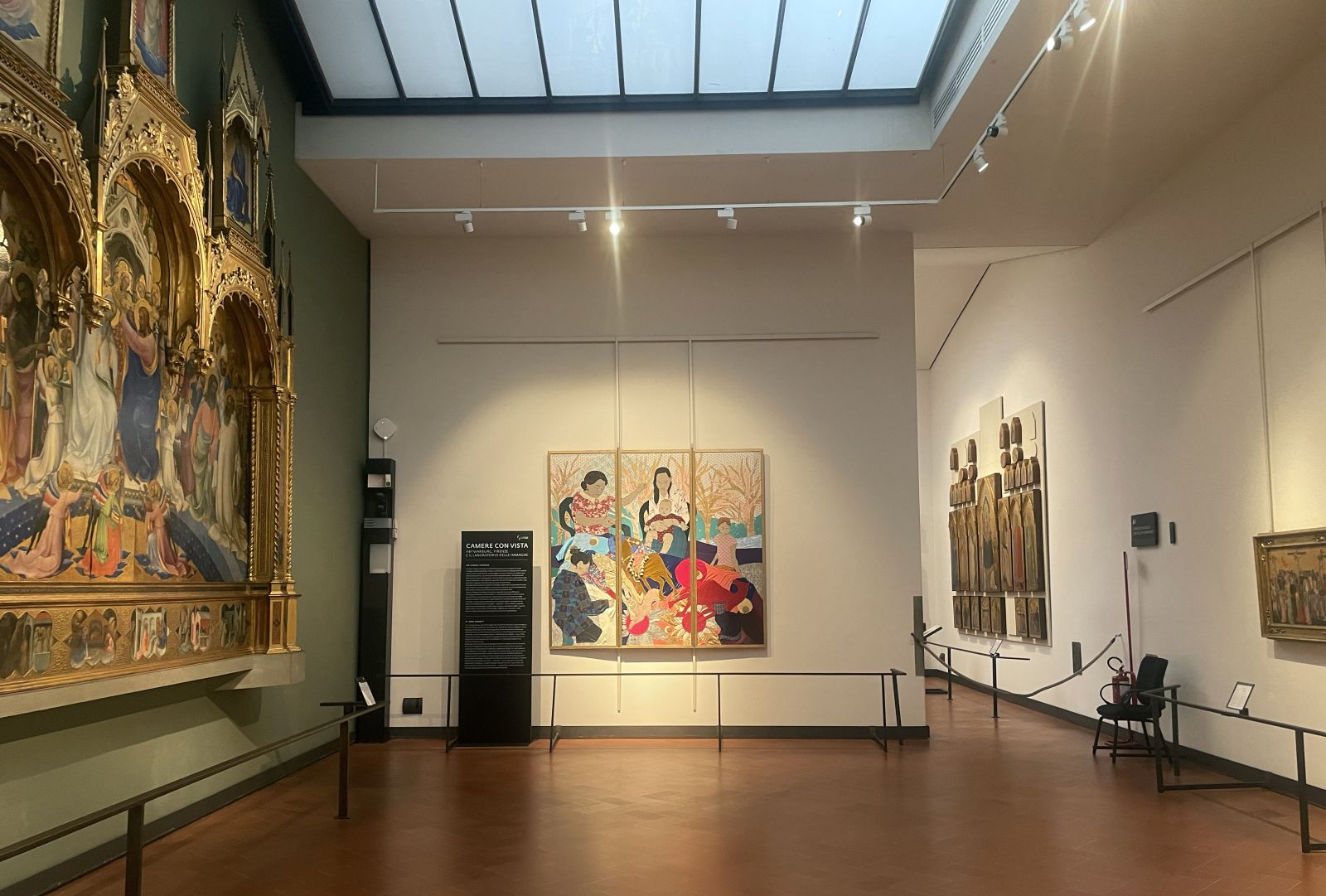
Małgorzata Mirga-Tas, Untitled (After Gentile da Fabriano) (2023), exhibited in the Gentile da Fabriano gallery at the Uffizi
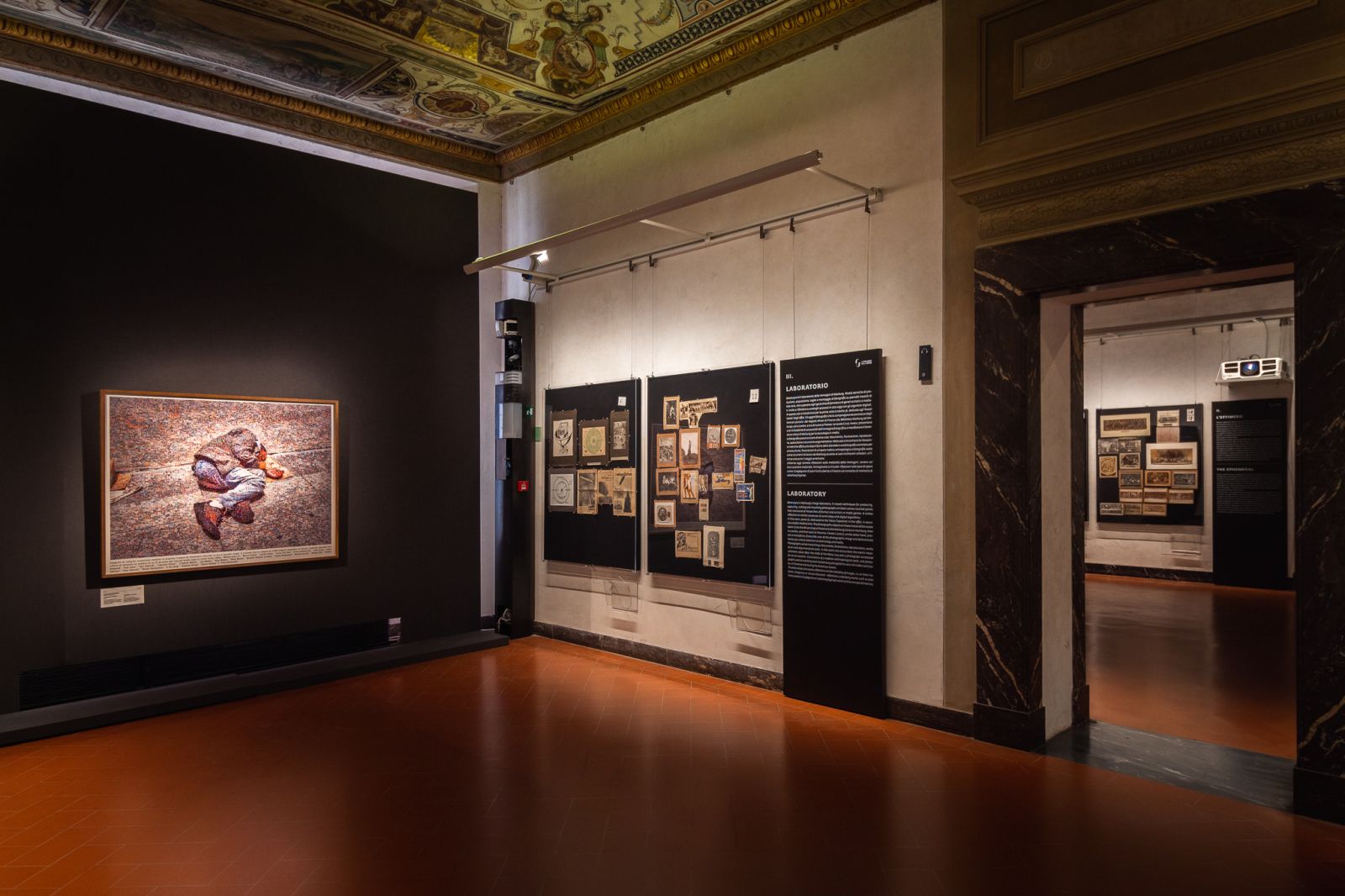
View of Room 3 dedicated to the "Laboratory" with Joan Fontcuberta's Googlegram 9: Homeless
The exhibition, organized by the Gallerie degli Uffizi and the Kunsthistorisches Institut in Florenz – Max-Planck-Institut with the Warburg Institute, London, is curated by Costanza Caraffa, Marzia Faietti, Eike D. Schmidt, Bill Sherman, Giovanna Targia, Claudia Wedepohl, and Gerhard Wolf, with Katia Mazzucco (scientific coordinator) and Lunarita Sterpetti (assistant curator).
The app Aby Warburg’s Florence (available on Apple App Store and Google Play Store) invites visitors to follow three itineraries in Florence, related to Warburg’s studies. A selection of ‘Florentine voices’ offers unexpected perspectives on the city from the second half of the fifteenth century to Warburg’s time.
The exhibition catalog (Florence/Milan: Giunti, 2023; 383 pages) is edited by Marzia Faietti, Eike D. Schmidt, Giovanna Targia, Gerhard Wolf with Bill Sherman, Katia Mazzucco, Lunarita Sterpetti, and Claudia Wedepohl.
On Monday, 13 November 2023 at 4 pm, a roundtable on the exhibition will take place in Palazzo Grifoni (Via dei Servi 51, 50122 Firenze), featuring Andreas Beyer (Universität Basel), Horst Bredekamp (Humboldt-Universität zu Berlin, to be confirmed), Monica Centanni (Università Iuav di Venezia), Claudia Cieri Via (Sapienza Università di Roma), Maurizio Ghelardi (Scuola Normale Superiore, Pisa), and Alina Payne (Villa I Tatti – The Harvard University Center for Italian Renaissance Studies).
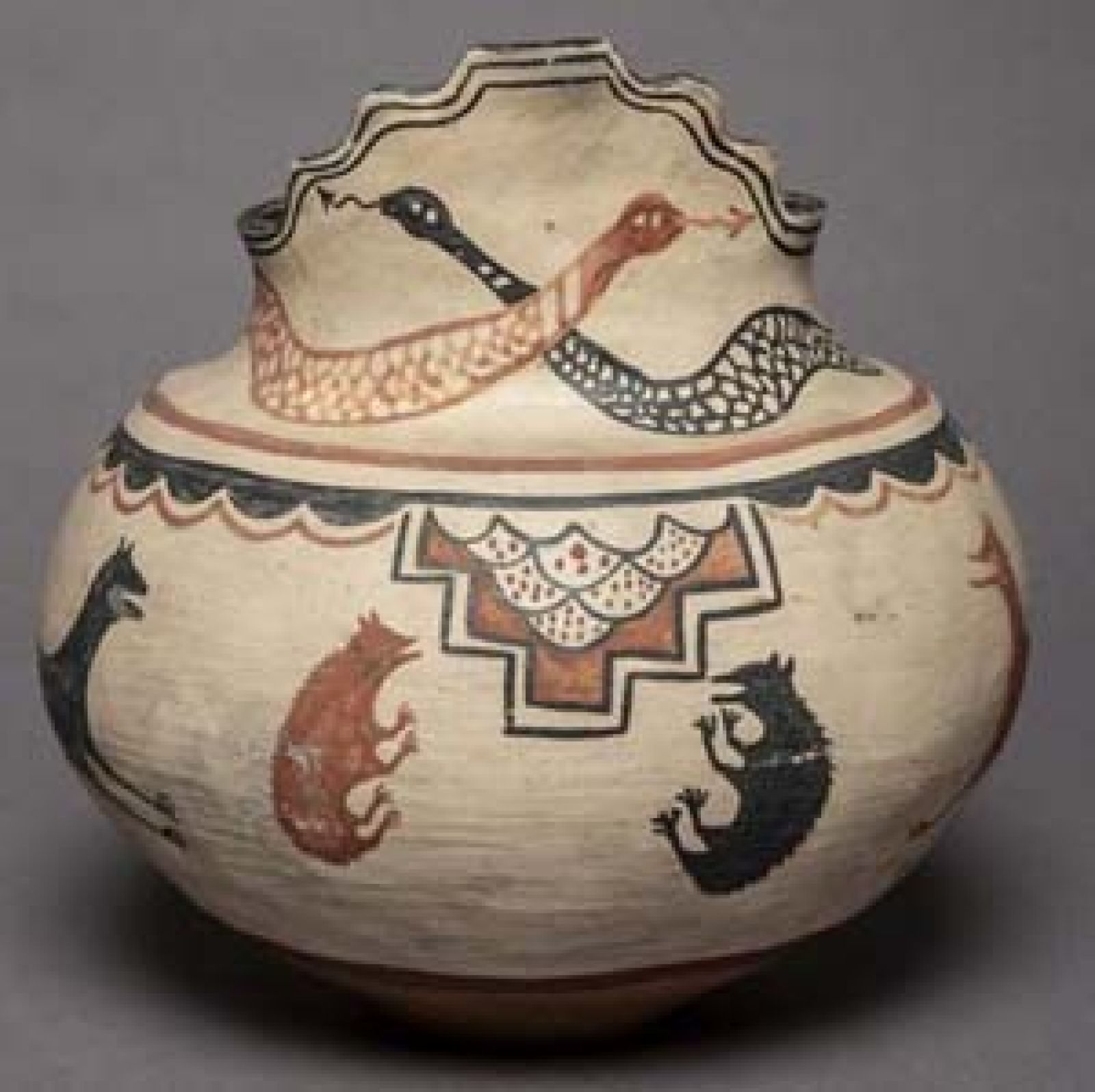
Unknown artist, Pseudoceremonial vase with snake motif and stepped rim, 1890–1895 ca. Hamburg, Museum am Rothenbaum, Kulturen und Künste der Welt (MARKK)
19 September – 10 December 2023
Gallerie degli Uffizi
Piazzale degli Uffizi 6
50122 Firenze
Opening times
From Tuesday to Sunday, 08:15 am to 06:30 pm



